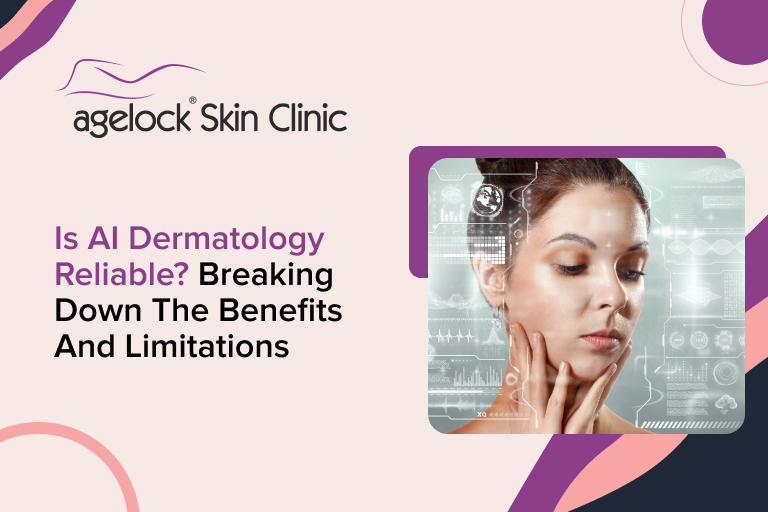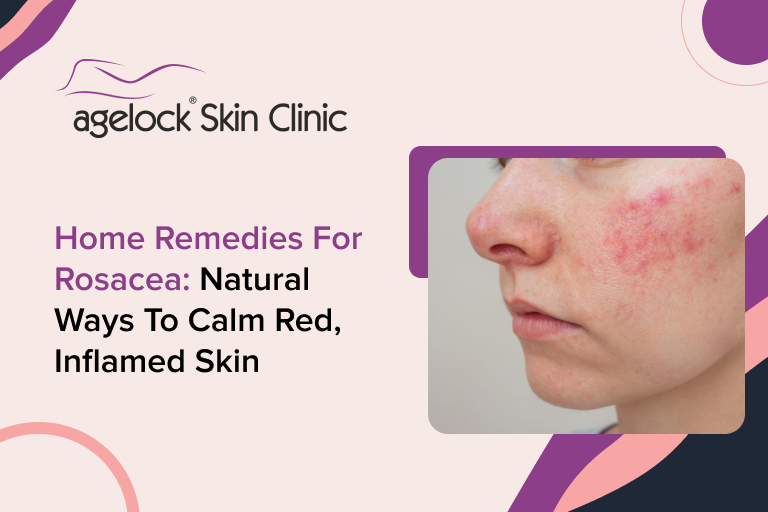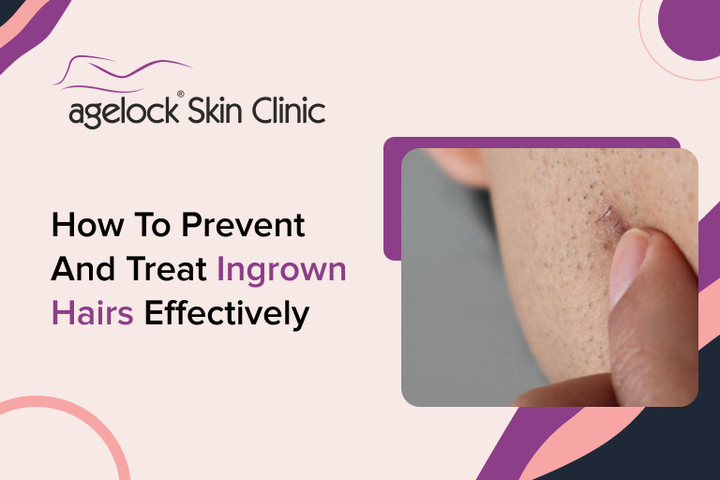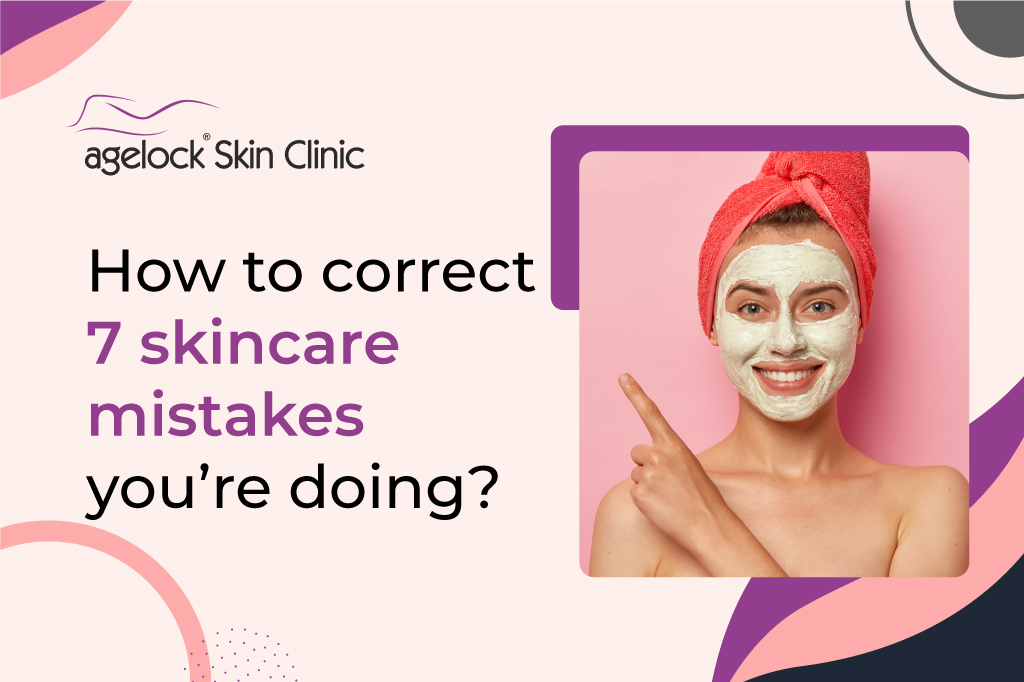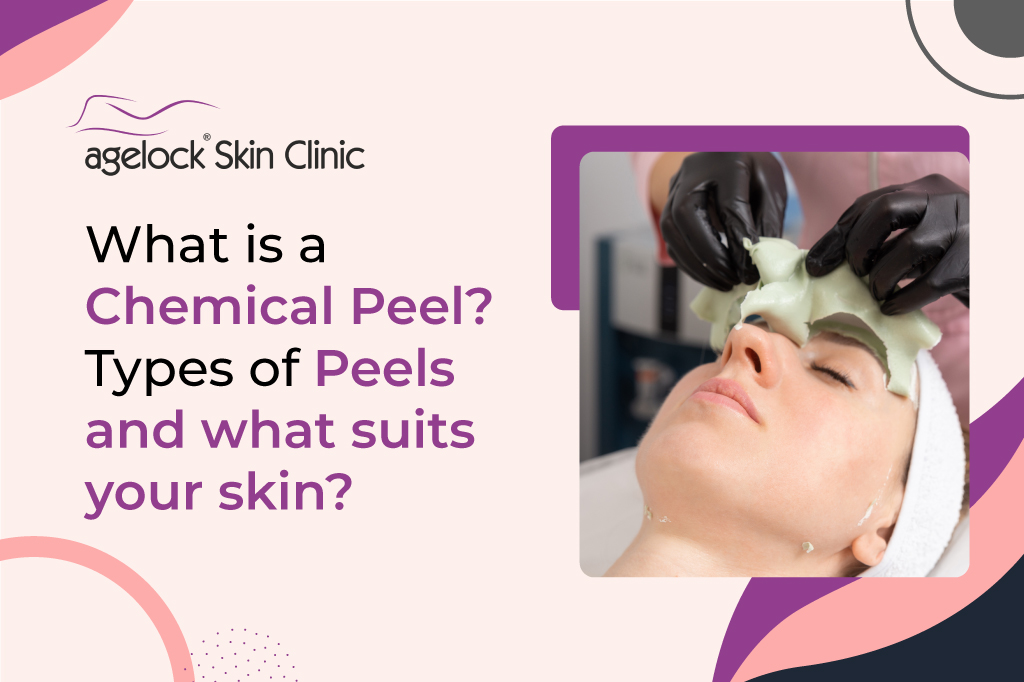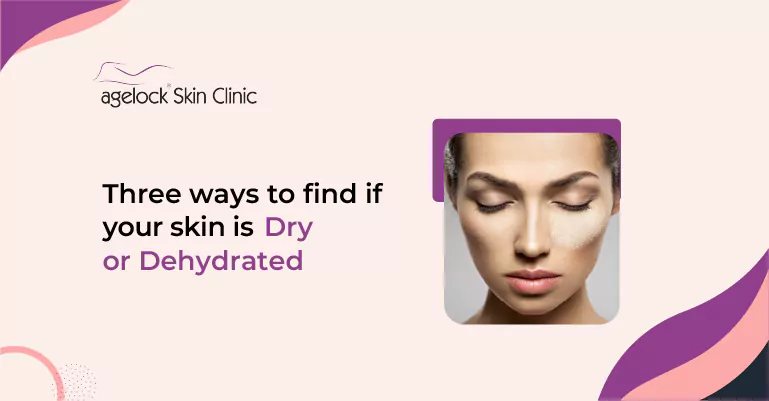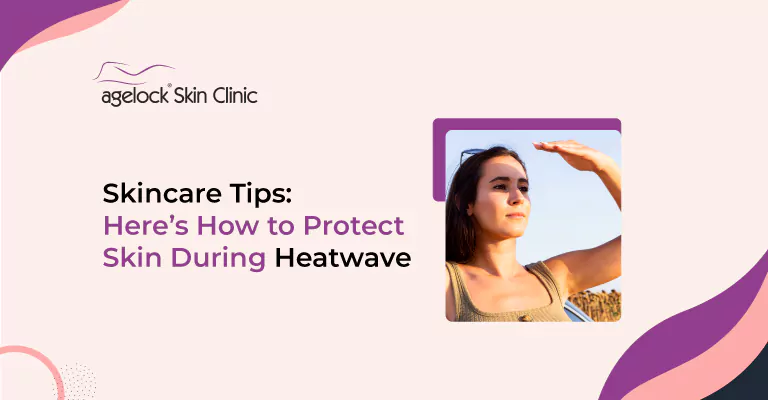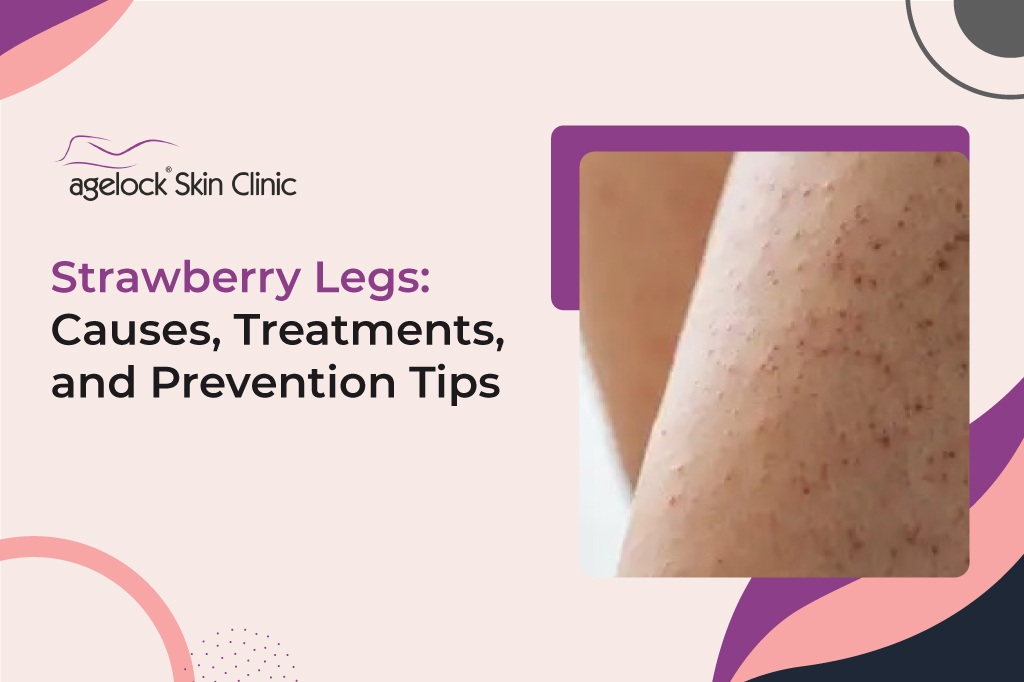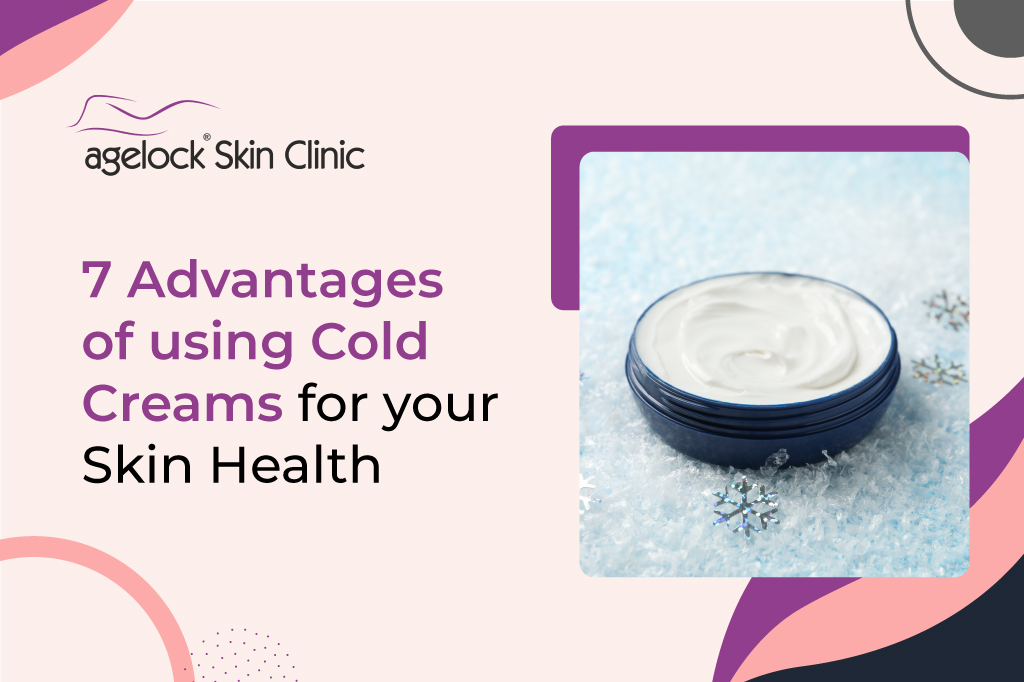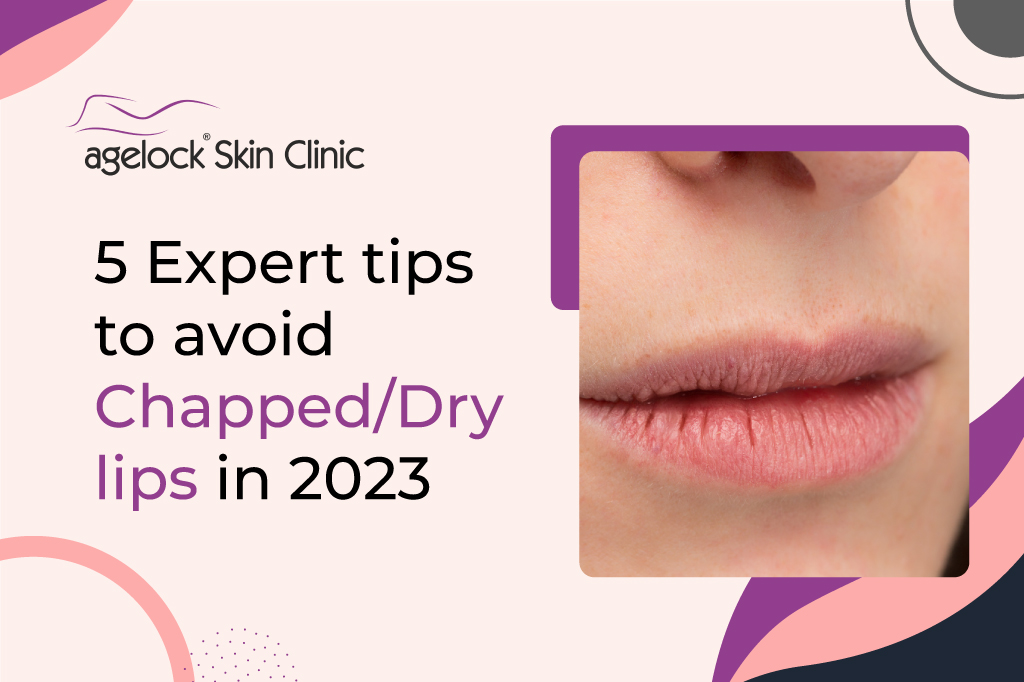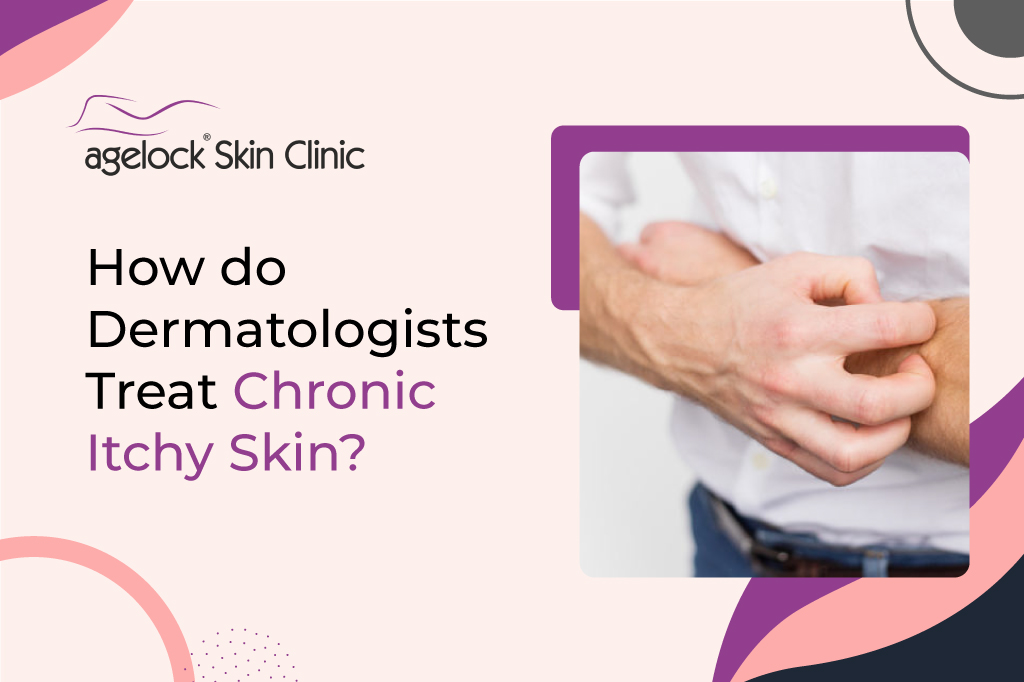Open pores on the face can be a source of concern for many individuals. They can affect people of all ages and skin types, leading to a variety of cosmetic issues. Understanding the causes, types, and available treatments for open pores can help individuals better manage and improve the appearance of their skin.
In this article, we will delve into the details of open pores, shedding light on the reasons behind their occurrence and exploring the various treatment options available.
Causes of Open Pores:
Open pores, also known as enlarged pores, are a common skin condition that occurs when the hair follicles and oil glands on the skin become clogged or blocked. There are several factors that contribute to the development of open pores:
1. Genetics: Some individuals are genetically predisposed to having larger pores. If your parents have open pores, there is a higher chance that you will have them as well.
2. Excessive Sebum Production: Sebum is the natural oil produced by the sebaceous glands in the skin. When the sebaceous glands produce an excessive amount of sebum, it can mix with dead skin cells and clog the pores, leading to their enlargement.
3. Aging: As we age, the production of collagen and elastin, which are responsible for the skin’s elasticity and tightness, decreases. This loss of elasticity causes the skin to sag, making the pores appear larger.
4. Sun Damage: Overexposure to the sun’s harmful ultraviolet (UV) rays can damage the skin and weaken the collagen and elastin fibers. This can result in the stretching of the skin around the pores, making them more visible.
5. Poor Skincare Routine: Inadequate cleansing and improper skincare habits can contribute to the accumulation of dirt, oil, and dead skin cells on the skin’s surface. This can lead to clogged pores and the appearance of open pores.
Types of Open Pores:
Open pores can be classified into two main types based on their appearance and causes:
- Blackheads: Blackheads are small, dark bumps that appear on the skin’s surface when the hair follicles become clogged with excess oil and dead skin cells. The dark color is a result of the oxidation of the trapped sebum.
- Whiteheads: Whiteheads, also known as closed comedones, are similar to blackheads but have a white or flesh-colored appearance. They occur when the hair follicles are blocked by sebum and dead skin cells, but the opening of the follicle remains closed.
Treatments for Open Pores:
While it may not be possible to eliminate open pores completely, various treatments can help minimize their appearance and improve the overall condition of the skin. Here are some effective treatment options:
1. Cleansing and Exfoliation: A proper skincare routine that includes gentle cleansing and regular exfoliation can help remove excess oil, dirt, and dead skin cells from the surface of the skin. This can prevent the pores from getting clogged and minimize their visibility.
2. Retinoids: Topical retinoids, derived from vitamin A, are known to promote cell turnover and stimulate collagen production. Regular use of retinoids can help reduce the appearance of open pores and improve skin texture.
3. Chemical Peels: Chemical peels involve the application of a solution containing exfoliating agents to the skin, which helps remove the outer layer of dead skin cells. This treatment can help unclog pores, reduce their size, and improve skin tone and texture.
4. Laser and Light Therapies: Procedures such as laser resurfacing and intense pulsed light (IPL) therapy can stimulate collagen production, tighten the skin, and reduce the appearance of open pores. These treatments work by targeting the underlying causes of open pores and improving overall skin quality.
5. Microdermabrasion: Microdermabrasion is a non-invasive procedure that uses a handheld device to exfoliate the outer layer of the skin. This treatment can help unclog pores, remove dead skin cells, and reduce the appearance of open pores.
6. Skincare Products: There are several over-the-counter skincare products available that contain ingredients such as salicylic acid, niacinamide, and alpha hydroxy acids (AHAs). These ingredients help regulate oil production, exfoliate the skin, and reduce the appearance of open pores.
It is important to note that while these treatments can be effective, results may vary depending on individual skin types and the severity of the condition. It is advisable to consult with a dermatologist or skincare professional to determine the most suitable treatment plan for your specific needs.
In conclusion, open pores on the face can be a cosmetic concern for many individuals. Understanding the causes and types of open pores is crucial in order to address them effectively. By implementing a consistent skincare routine, considering professional treatments, and adopting a healthy lifestyle, it is possible to minimize the appearance of open pores and achieve smoother, more radiant skin.
Remember, embracing your natural beauty is just as important as striving for perfection.


